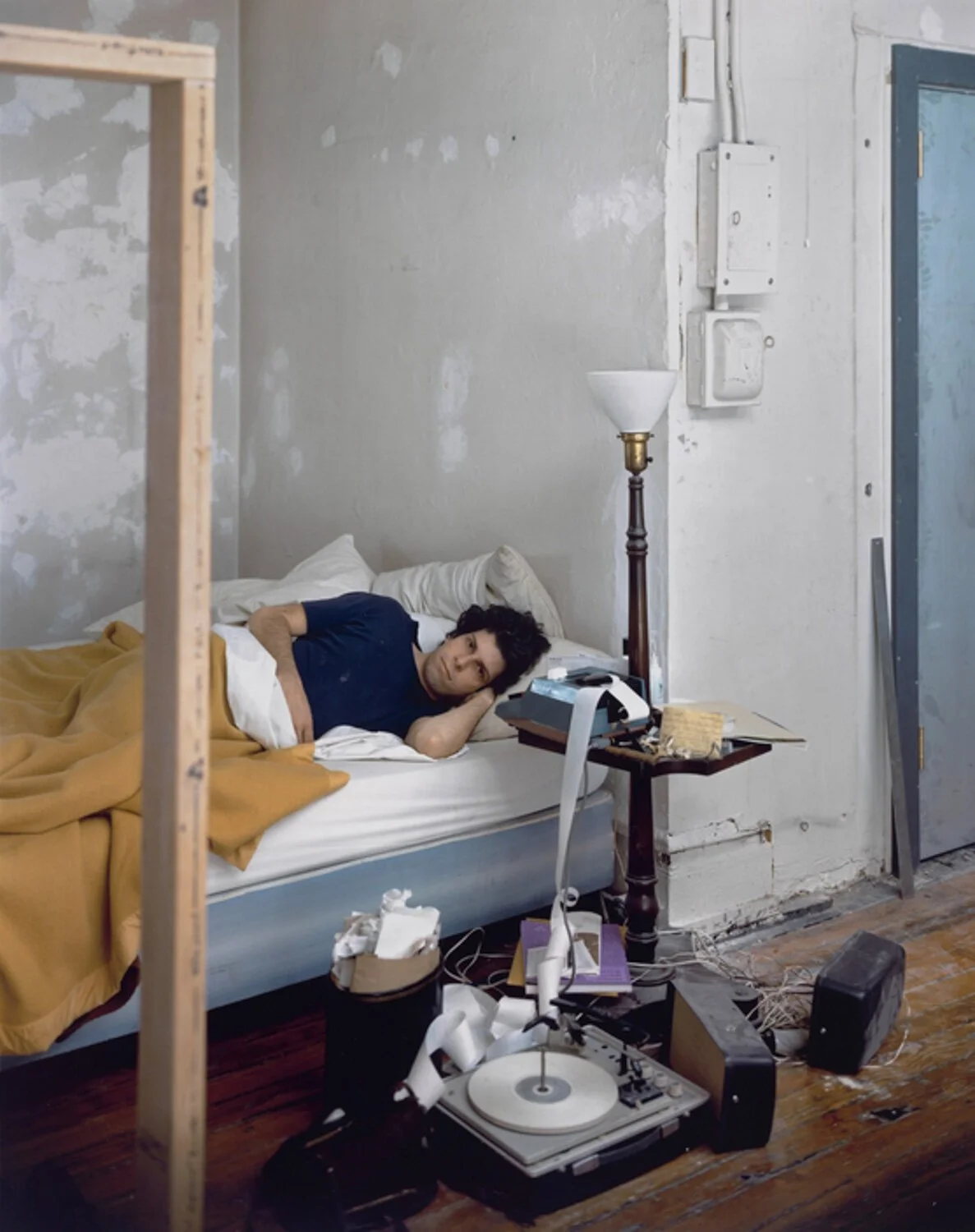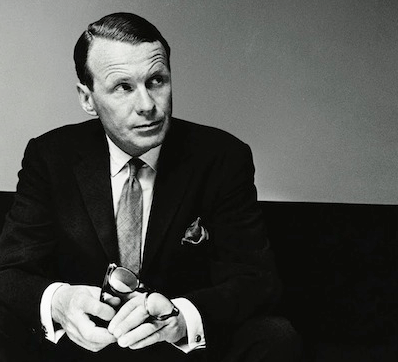Shooting With Intentionality | A Lesson from Stephen Shore
Today I would like to introduce you to Stephen Shore.
If you are familiar with him already then I would like to introduce you to something he said. And if you already know this quote, well thanks for joining.
Stephen Shore commenting on photographs similar to the ones that were in Popular Photography (1960s).
There was no particular intentionality, no real aesthetic intelligence behind the photography. It was about making pretty pictures.
Photo c/o Phaidon
That phrase of, “no particular intentionality” could be dissected to pieces and I want to use Stephen Shore’s own photography as my own science experiment to do so.
Before I even read this quote by him which is found at the end of his book, “Uncommon Places”, I was looking through the photographs in his book and saw the following photo:
I liked the photo. But while the other photographs came with a clear intention, this one left me questioning.
Was it the repetitive pattern of the windows on the building? I didn’t think that could solely be idea with the photo because repetitive windows on buildings is something easily seen.
Was it the two cars cut off on the edges and the space between them?
So I studied every inch knowing something was being missed. That’s when I saw the two gas leaks at the bottom of the photograph, side-by-side in the parking spaces.
The two gas leaks at the bottom of the frame seems to tie in all factors of the photograph. The window pattern, the two cars. Does this seem like a stretch for you?
Something I’ve learned from William Eggleston’s documentary The Colourful Mr. Eggleston is,
You must not take anything for granted when you’re looking at a picture. Every single space on the page works and counts.
Knowing this we can see the two gas leaks are intentionally included.
This is verified within his entire body of work. Stephen Shore is known for his impeccable framing.
Case in point:
Stephen Shore explains…
It’s not just the frame. It’s all the relationships inside the frame.
His pace for photographing this series in particular was a slower one having used an 8x10 camera.
The sheer size of the viewfinder brings in every bit of the frame close to your eye and allows for purposeful placement. The speed in which you operate the camera too encourages you to move slowly and compose thoughtfully.
Really all of his work can be studied in-depth but for exercise purposes I will share one photograph and how I analyze it.
This is a rather common scene on the street and is one that depending on where you are walking on the sidewalk can be seen or not seen. If you took one step to the left that yellow traffic light would be obscured by the tree in the foreground. The store sign in the very back would become unclear and wouldn’t help your eye travel through the photograph. And I am sure he waited for the right subject to enter the street corner. In a way that man resembles the five objects laying still in the foreground.
Where Stephen Shore placed himself composed the photograph in an intentional way because there is a particular scene, or story, that he wants to tell you.
Those objects in the frame wouldn’t carry a relationship between each other had he not had the story in his head first.
Does that mean shooting with intention
means a perfectly framed photograph?
Does this mean you need to move slow and examine every single subject in the frame before your press the shutter?
Let me confuse you now and answer, “No.”
An aspect of Stephen Shore’s intention is framing.
This is not the only way I take pictures. I don’t mean this as a rule. I sometimes take pictures that are intentionally playful or intentionally extremely formal. But I find it interesting as a goal to be able to take pictures that are consciously casual.
Photo c/o MoMA
The intention can be found within the framing, the subjects you choose to include. Even imperfect, snapshot style photographs can carry an intention. We could say it’s the reason for shooting something the way you did.
Here are a collection of Stephen Shore’s other work.
Photos c/o Stephen Shore
This body of work is quite different from his series, “Uncommon Places” but continues to show he has shot with intention. This time in a different way.
When I look through these photographs I can imagine myself sitting in the backseat, driving through L.A. streets, looking out the window and catching glimpses of these passing scenes. Sometimes when you’re in the backseat you look out the window for a bit, look at the driver, back out again, only to catch a second of a scene.
He purposefully shot in a playful, snapshot way.
All sorts of intentions exist, so give it a try. What do you want to convey?
More in Lessons from the Masters:

















